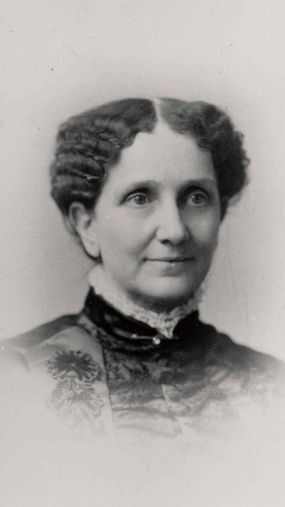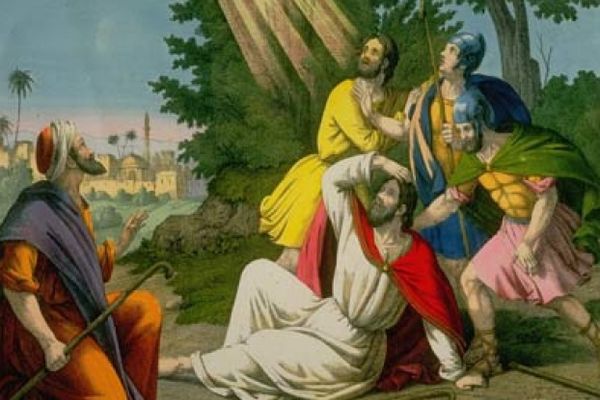
Science, religion and medicine have intermingled (and sometimes clashed) in fascinating ways throughout the course of human history. And one little-remembered, controversial American figure symbolizes this clash better than most: Phineas Parkhurst Quimby, whose writings, unpublished during his time, provided the underpinnings for the New Thought movement, which is based on the idea that the spirit is more powerful and real than matter and the mind has the ability to heal the body.
Reverend Lux Newman is a clinical hypnotherapist who edited and published "The Complete Collected Works of Dr. Phineas Parkhurst Quimby" in 2013. She describes his work as essentially a sort of 19th-century precursor to the modern field of psychology.
Advertisement
"He called himself a physician. I would also say that he was a psychologist. Because he studied the mind...he talked about things that were very peculiar that had nothing to do with his day and time. Like chemical changes taking place in the brain. This is over 150 years ago. He was observing the placebo effect and many other things that would be under the realm of psychology," said Newman.
Quimby (also known as PPQ for short or "Dr. Quimby" to his patients) was born in 1802 in New Hampshire. As an adult, he built clocks and watches, but his true vocation would come in the form of his work in the realm of healing. Quimby possessed no formal institutional training in medicine and was often skeptical of the prowess of doctors who did. The following quote is an excerpt from the Quimby manuscripts, which were a collection of Quimby's key writings and articles, edited and published by his disciple Horatio W. Dresser decades after Quimby's death:
Advertisement


